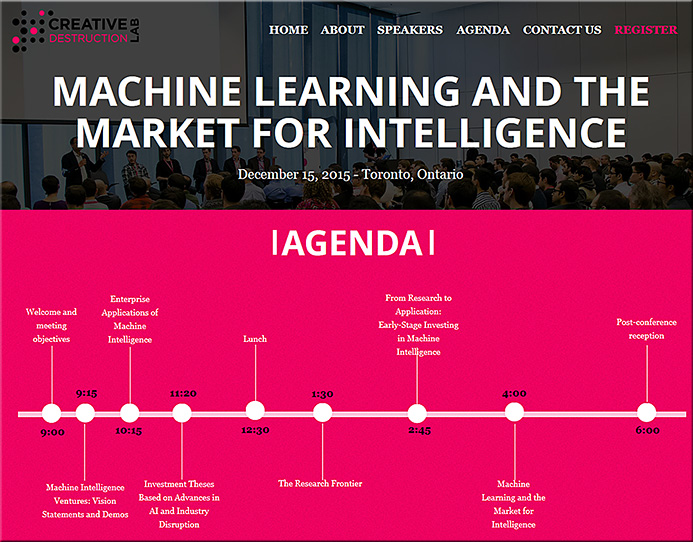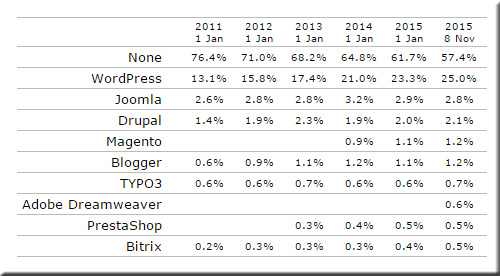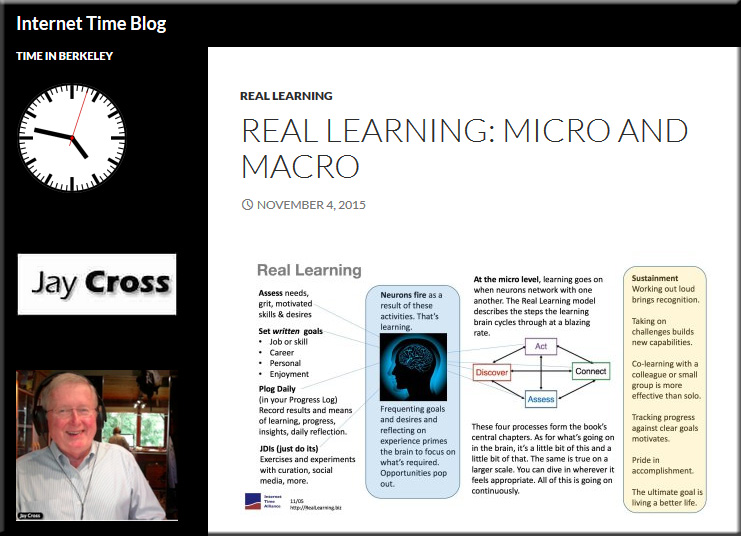IBM Watson, Boston Children’s team on rare pediatric diseases — from medcitynews.com by Neil Versel
Excerpt:
Here’s another practical application of IBM Watson technology in healthcare: Boston Children’s Hospital is going to tap the supercomputing platform to improve diagnosis and treatment of rare diseases.
Researchers at the Harvard-affiliated hospital’s Manton Center for Orphan Disease Research will train Watson in nephrology by reading medical literature and scanning data on mutations for a kidney disease known as steroid-resistant nephrotic syndrome. They will then give Watson retrospective genomic data from patients in an effort to teach the computer to assist physicians in interpreting genome sequences as they look for abnormalities.
Wearables will see mass adoption via educated patients and digital health stores — from medcitynews.com by Shahid Shah
Excerpt:
In a fees-for-services (volume-driven) world, selling healthcare products and services to individual institutions is certainly time-consuming but reasonably straightforward. In an outcomes-driven (fees for value) world driven by shared risks and shared rewards, selling healthcare solutions across multiple disciplines, multiple stakeholders, and multiple institutions is much harder and even more time-consuming. That’s because there’s no easy buyer to identify. Population health is all the rage but our current $3 trillion + healthcare industry was never devised nor incentivized to work together as a team for long-term patient or population benefits (it’s reimbursed mainly for episodic care).
Our country’s healthcare industry is more about sick care and episodic transactions rather than longitudinal care. But, since we are moving to population and outcomes driven care where the patient is more responsible for their own care management and payment, it would seem patient education and digital health tools are more important than ever. So, perhaps we need to get together and innovate around how we’re going to present next-generation solutions from across multiple innovators and showcase them to patients and their caregivers.
Watch users claim Apple wearable improves health — from fiercemobilehealthcare.com by Judy Mottl
Excerpt:
Nearly two-thirds of Apple Watch users are exercising more often and for longer periods of time, and 72 percent claim the wearable is improving their health and fitness levels, according to a new report.
IBM forms new health data analytics unit, extends Apple partnership— from zdnet.com by Charlie Osborne
With the help of Apple, acquisitions and new partnerships, Big Blue plans to tap into the vast amount of data offered by health-tracking devices.
After medical school, IBM’s Watson gets ready for Apple health apps — from zdnet.com by David Shamah
The Watson Health Cloud – set to become an important component of Apple’s health platform – is targeting medical care, IBM says.
Excerpt:
“Watson went to medical school, and now it’s set to graduate,” said Dr Aya Soffer, director of big data and cognitive analytics at the Israel facility. “We’ve had it study the medical literature, and now it’s ready to apply its natural language processing skills to real-life applications.”
Just in time, too. Last week, IBM announced the launch of Watson Health Cloud to “provide a secure and open platform for physicians, researchers, insurers, and companies focused on health and wellness solutions”.
The platform will be used by health companies Johnson and Johnson and Medtronic, as well as by Apple. The Mac maker has its own platform and hopes to become a top health company itself. It has established a new business unit, called Watson Health Cloud, to administer the big data apps that will use Watson’s intelligent analysis and understanding of medical data.
Addendum on 11/13/15:
- NYU Medical Students Learning How to Analyze Big Data — from imedicalapps.com by Brian Wu
Excerpt:
Big data is changing the way information is shared in the medical field. Current technologies such as IBM’s Watson are working to merge data from multiple sources to make it easier to access as well as share. Even ten years ago most doctors would not have known anything about big data, and it was definitely not taught in medical school. Today big data is becoming a crucial part of the healthcare field including the diagnosis and treatment of patients. It is important that doctors not only understand the importance of data but know how to properly access and interpret the data. The NYU School of Medicine requires that its first and second-year students complete a health care by the numbers project. Students are given access to a giant database with more than 5 million anonymous records, which includes information on every hospital patient in the state for the preceding two years.
















